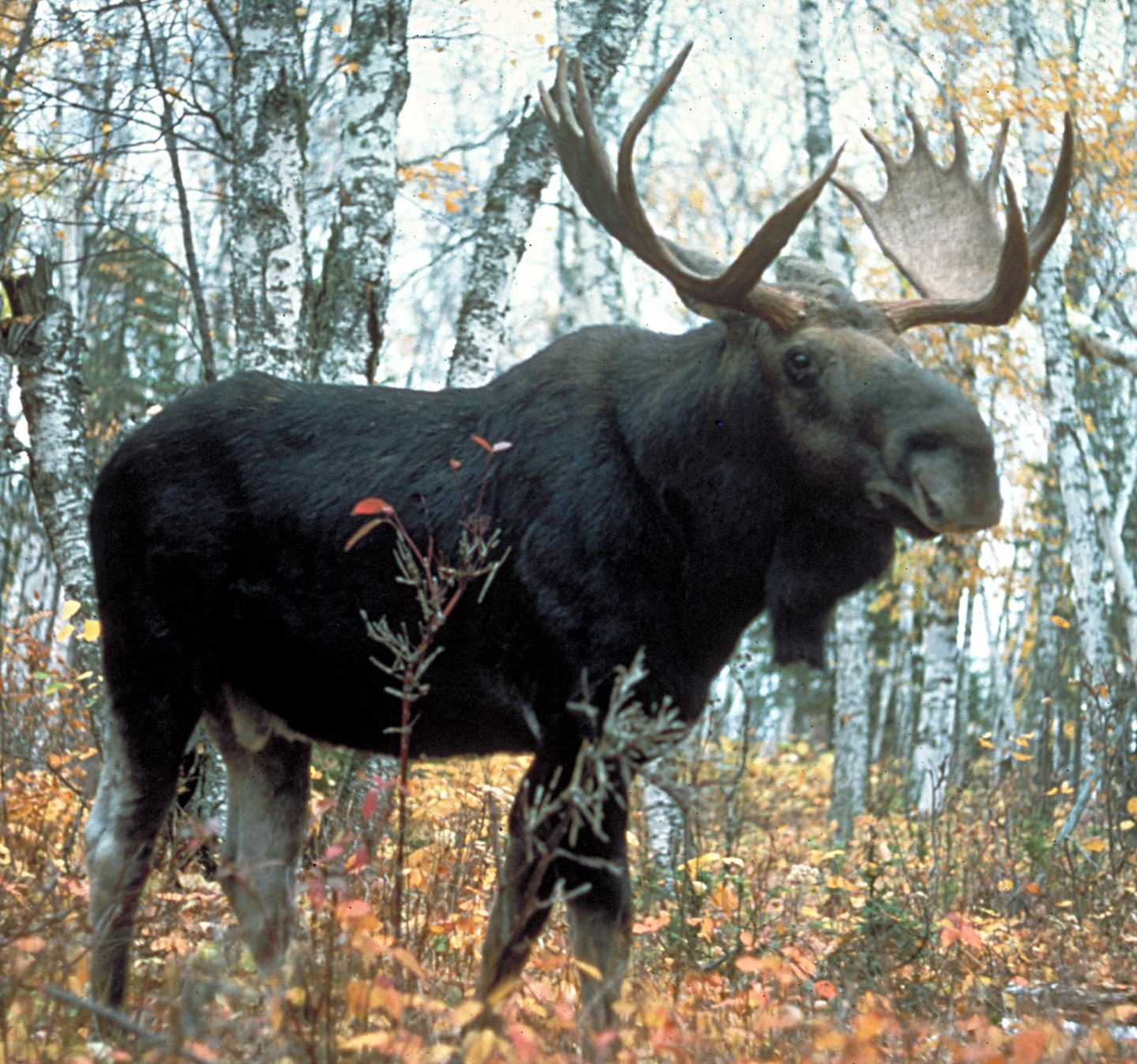Introduction
I enjoyed Dr. Roy Rea’s talk on hardwoods/softwoods and how they play a role in moose habitat. I especially liked the way Dr. Rea presented. Even though the presentation was unrelated to my master’s thesis, I feel as though I could take away several points from the presentation. He possessed much energy and used fun pictures, cartoons, and humor in his power point. I also liked how he brought examples of plants to class that he passed around. This kept the audience’s attention in the middle of the talk when some people start to drift off. Finally, I liked that he had an outline and conclusion slide of what he was going to tell us and followed that outline throughout his presentation.
While I learned several things about presenting, I also gained knowledge from the content. I learned that moose are a good indicator of biodiversity health. I was also reminded that moose don’t like clear cuts. They like edges, but don’t spend much time in the middle of vast clear cuts. I liked his map of collared moose and where they spend most of their time. Sometimes pictures say a thousand words. This picture had a big clear cut in the center of the map in which no moose were present. Most were on edges or in the forest or swamps.
Moose are found in heterogeneous environments. Because of that, we should retain structure such as subalpine fir, especially since 45% of moose diet is comprised of subalpine fir. Birch and willow combined for 45% of moose diet. With a mix of coniferous shrub and tree browse, forbs and aquatic forages as well as mature forest cover, we may maintain or drive moose numbers up in British Columbia.
Dr. Rea responded to questions from the audience very professionally. He admitted when he did not know the answer to a question. I like how he used the white board to draw a diagram in order to answer a question. This diagram was of a subalpine fir root mass. It painted a picture that if herbicides were used, they destroyed the whole root mass. Whereas, if a subalpine fir was cut, the root mass would be retained. This diagram clearly explained that the root mass without herbicide usage would dig deeper into the soil, mining nutrients that could not be attained by most plants. He explained that herbicides have their usage, but not for moose forage and habitat. It was obvious Dr. Rea had done much research and preparation for the presentation.
If I could have posed a question to Dr. Rea, I would have asked how important is it that we retain marshy areas and are we currently doing that? Moose in Minnesota, at least, need certain nutrients from marshes to survive the winter and many critical marshes are being drained. I had not done enough research to know if that is a problem in this area or not. Therefore I did not ask the question. Overall, it was a great talk by Dr. Rea and I have no negative comments to the presentation.


Recent Comments